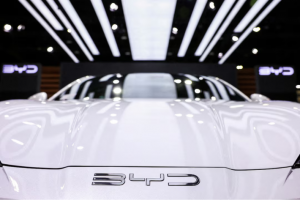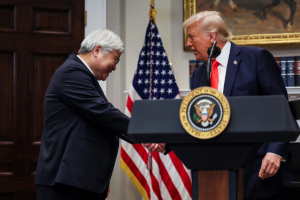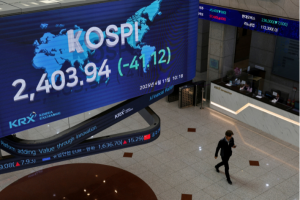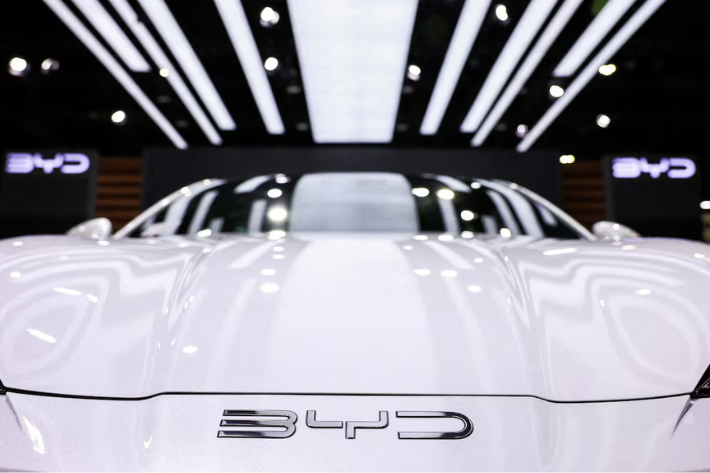Two Chinese chipmakers are reportedly working on producing the high bandwidth memory (HBM) semiconductors used in artificial intelligence chipsets, in what would be a major step forward for the country’s sanctions-hit tech sector.
The progress in HBM – even if only in older versions of HBM – would be a significant boost for China’s efforts to reduce its reliance on foreign suppliers, amid tensions with Washington that have led to restrictions on US exports of advanced chipsets to Chinese firms.
CXMT, China’s top manufacturer of DRAM chips, has developed sample HBM chips in partnership with chip packaging and testing company Tongfu Microelectronics, according to three people briefed on the matter. The chips are being shown to clients, two of them said.
Tongfu Microelectronics’ shares surged 8% in Wednesday trade.
Also on AF: China Poised to Wreak Havoc with Major Cyberattack: UK, US
In another example, Wuhan Xinxin is building a factory that will be able to produce 3,000 12-inch HBM wafers a month with construction slated to have begun in February this year, documents from corporate database Qichacha show.
CXMT and other Chinese chip firms have also been holding regular meetings with South Korean and Japanese semiconductor equipment firms to buy tools to develop HBM, said two of the people.
Both CXMT and Wuhan Xinxin are private companies which have received local government funding to advance technologies as China pours capital into developing its chip sector.
HBM – a type of DRAM standard first produced in 2013 in which chips are vertically stacked to save space and reduce power consumption – is ideal for processing massive amounts of data produced by complex AI applications and demand has soared amid the AI boom.
The market for HBM is dominated by South Korea’s SK Hynix – until recently the sole HBM supplier to AI chip giant Nvidia according to analysts – as well as Samsung, and to a lesser extent US firm Micron Technology. All three manufacture the latest standard – HBM3 chips – and are working to bring fifth-generation HBM or HMB3E to customers this year.
CXMT Filed 130 US Patents
Nori Chiou, an investment director at White Oak Capital and a former analyst who looked at the IT sector, estimates that Chinese chipmakers lag their global rivals by a decade in HBM.
“China faces a considerable journey ahead, as it currently lacks the competitive edge to rival its Korean counterparts even in the realm of traditional memory markets,” he said.
“Nonetheless, [CXMT’s] collaboration with Tongfu represents a significant opportunity for China to advance its capabilities in both memory and advanced packaging technologies within the HBM market.”
Patents filed by CXMT, Tongfu and Huawei indicate that plans to develop HBM domestically date back at least three years when China’s chip industry increasingly became the target of US export controls.
CXMT has filed almost 130 patents in the United States, China, and Taiwan for different technical issues related to the manufacturing and functionalities of HBM chips, according to Anaqua’s AcclaimIP database. Of those, 14 were published in 2022, 46 in 2023, and 69 in 2024.
- Reuters with additional editing by Sean O’Meara
Read more:
Apple Working With TSMC to Make its Own AI Chips: WSJ
Qualcomm Rises on Surge in Demand for AI Chips in China
Intel Set to Unveil Reduced-Performance AI Chips for China
Four Chinese Firms Blacklisted for Seeking AI Chips for Military
China Scientists Unveil Breakthrough Low-Powered AI Chip – SCMP























